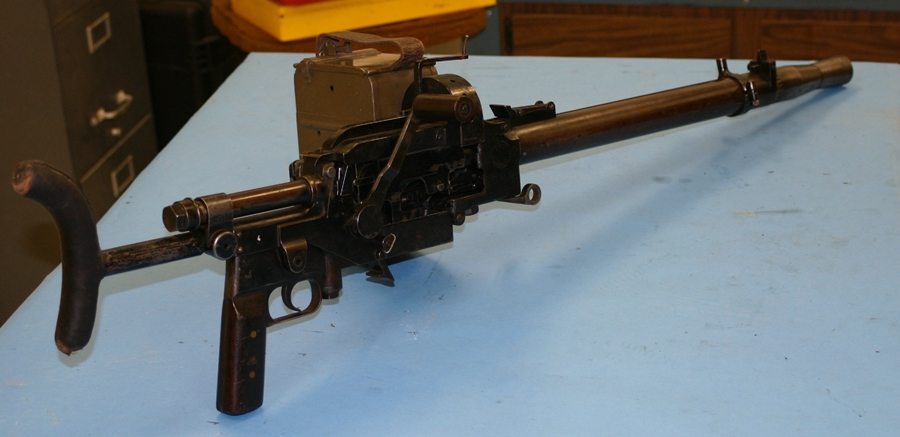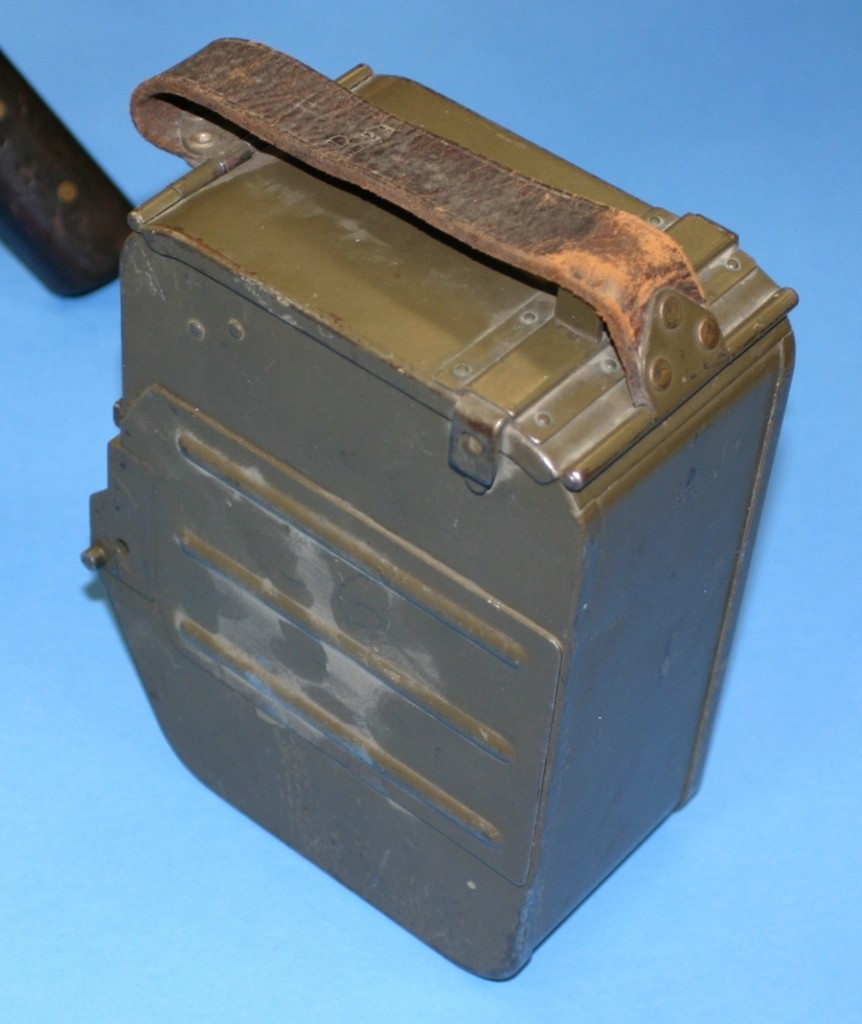
The Royal Irish Rifles (became the Royal Ulster Rifles from 1 January 1921) was an infantry rifle regiment of the British Army, first created in 1881 by the amalgamation of the 83rd (County of Dublin) Regiment of Foot and the 86th (Royal County Down) Regiment of Foot. The regiment saw service in the Second Boer War, the First World War, the Second World War, and the Korean War.

Carried in Horsa gliders, the battalion took part in Operation Mallard, the British glider-borne landings in the later afternoon of 6 June 1944, otherwise known as D-Day. They served throughout the Battle of Normandy employed as normal infantry until August 1944 and the breakout from the Normandy beachhead where the entire 6th Airborne Division advanced 45 miles in 9 days. They returned to England in September 1944 for rest and retraining until December 1944 when the 6th Airborne was then recalled to Belgium after the surprise German offensive in the Ardennes which is now known as the Battle of the Bulge where the division played a comparatively small role in the mainly-American battle. They then took part in their final airborne mission of the war known as Operation Varsity, which was the airborne element of Operation Plunder, the crossing of the River Rhine by the 21st Army Group in March 1945. The 6th Airborne was joined by the U.S. 17th Airborne Division, and both divisions suffered heavy casualties.[24]
General Sir Bernard Montgomery talking to Company Sergeant Major Kelly of Aldershot during a visit to 2nd Battalion, Royal Ulster Rifles near Portsmouth in the run-up to D-Day. The battalion had previously served in his division earlier in the war.
The 2nd Battalion was part of the 9th Infantry Brigade, 3rd Infantry Division serving with the British Expeditionary Force (BEF) in France from 1939–1940.[25] The division was commanded by the then Major General Bernard Montgomery who would eventually lead the Anglo-Canadian forces as commander of the 21st Army Group in the North West Europe Campaign. The 3rd Infantry Division took part in the Battle of Dunkirk, where it gained a decent reputation and earned the nickname of “Monty’s Ironsides”, and had to be evacuated from Dunkirk with the rest of the BEF.[26] The battalion returned to Europe for the D-Day landings in June 1944 and fought in the Battle of Normandy, specifically in Operation Charnwood where they were the first British troops to enter the city of Caen, which had previously seen bitter fighting in the British attempt to capture it.[27]

Madsen tank gun


